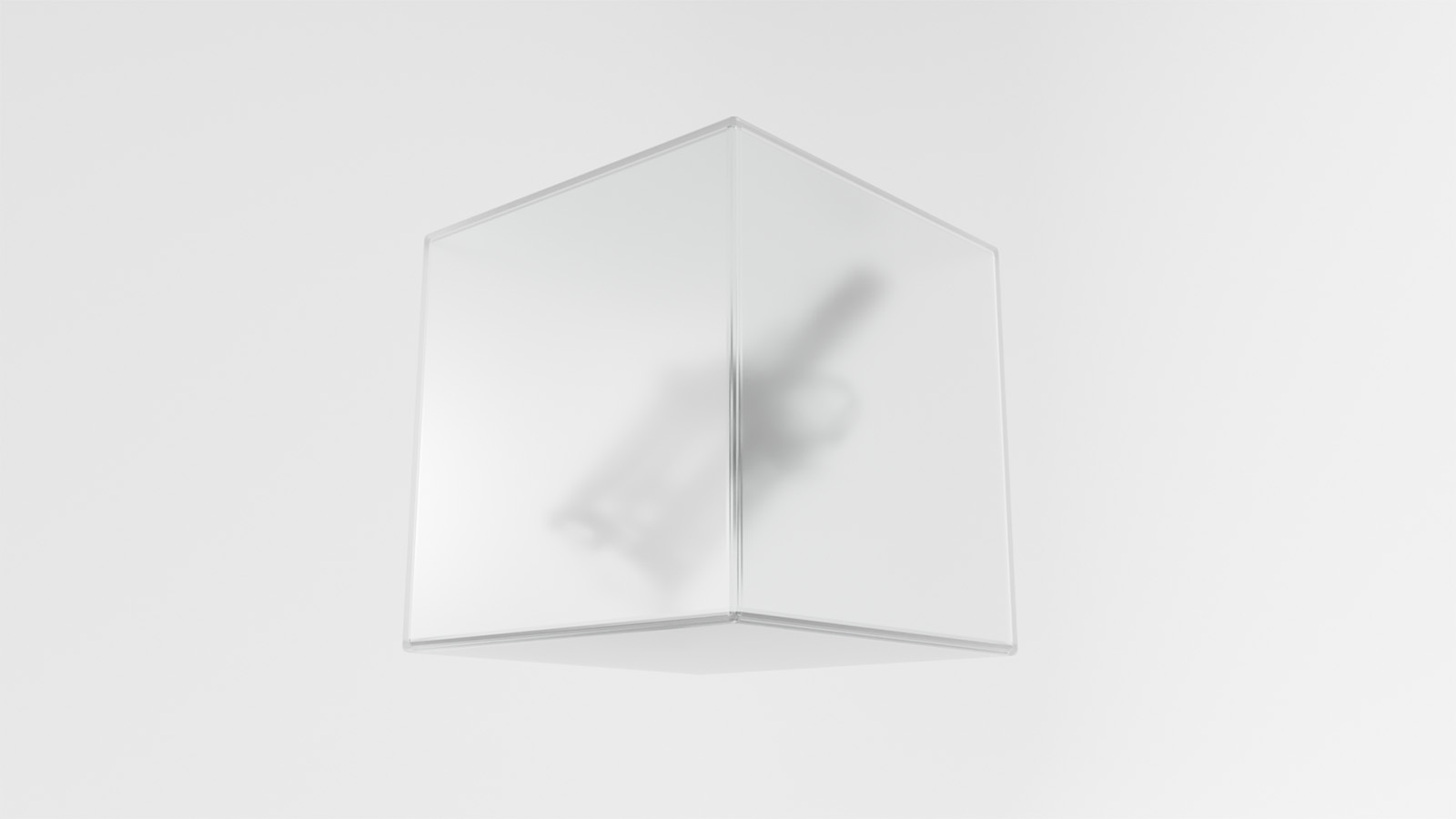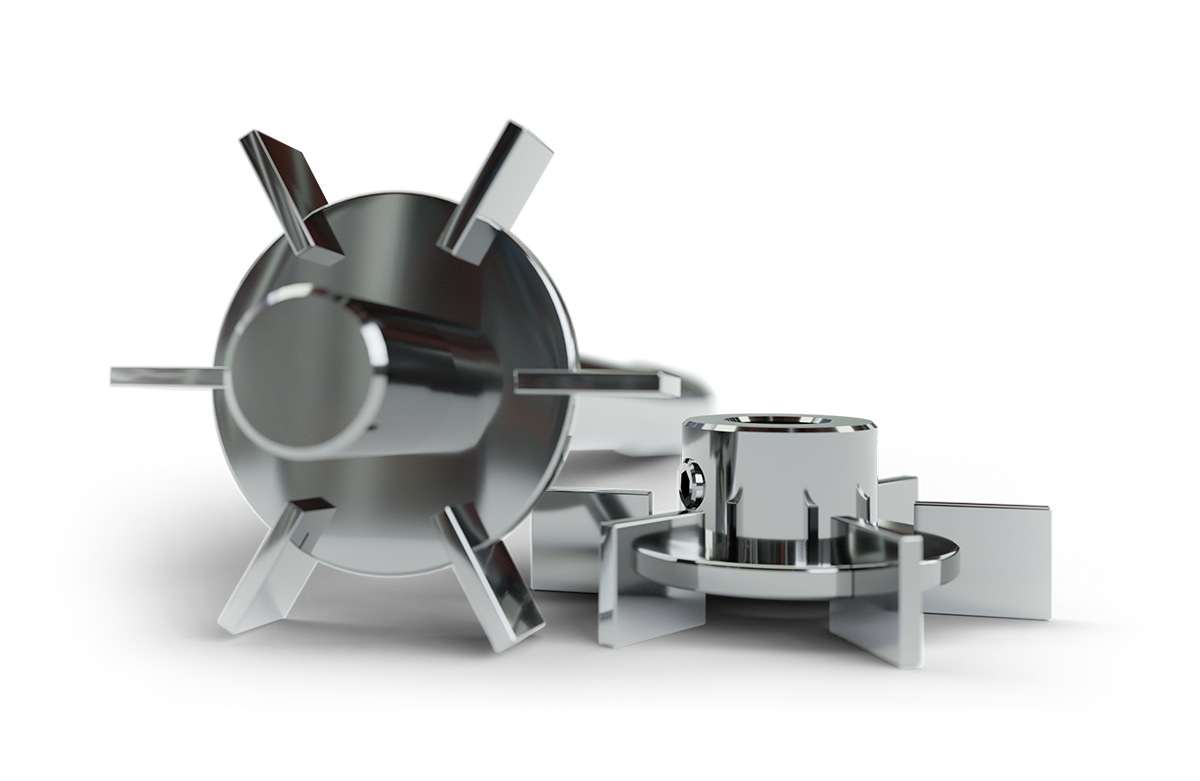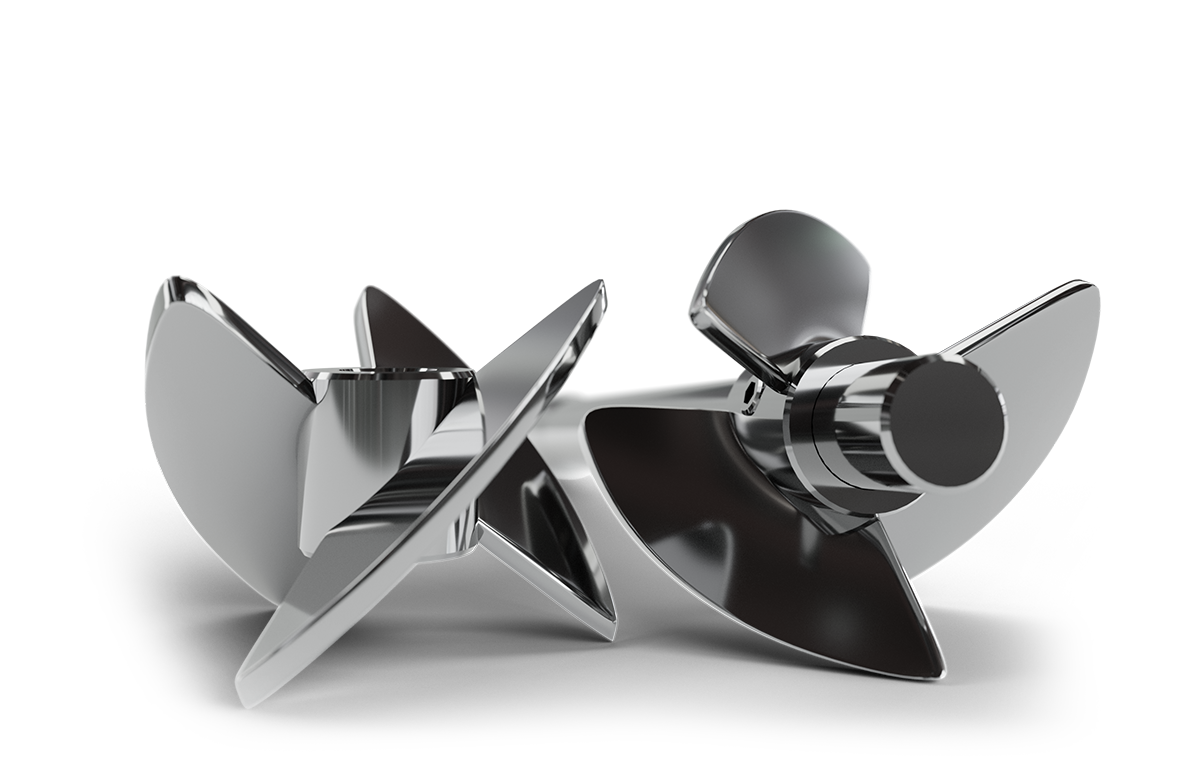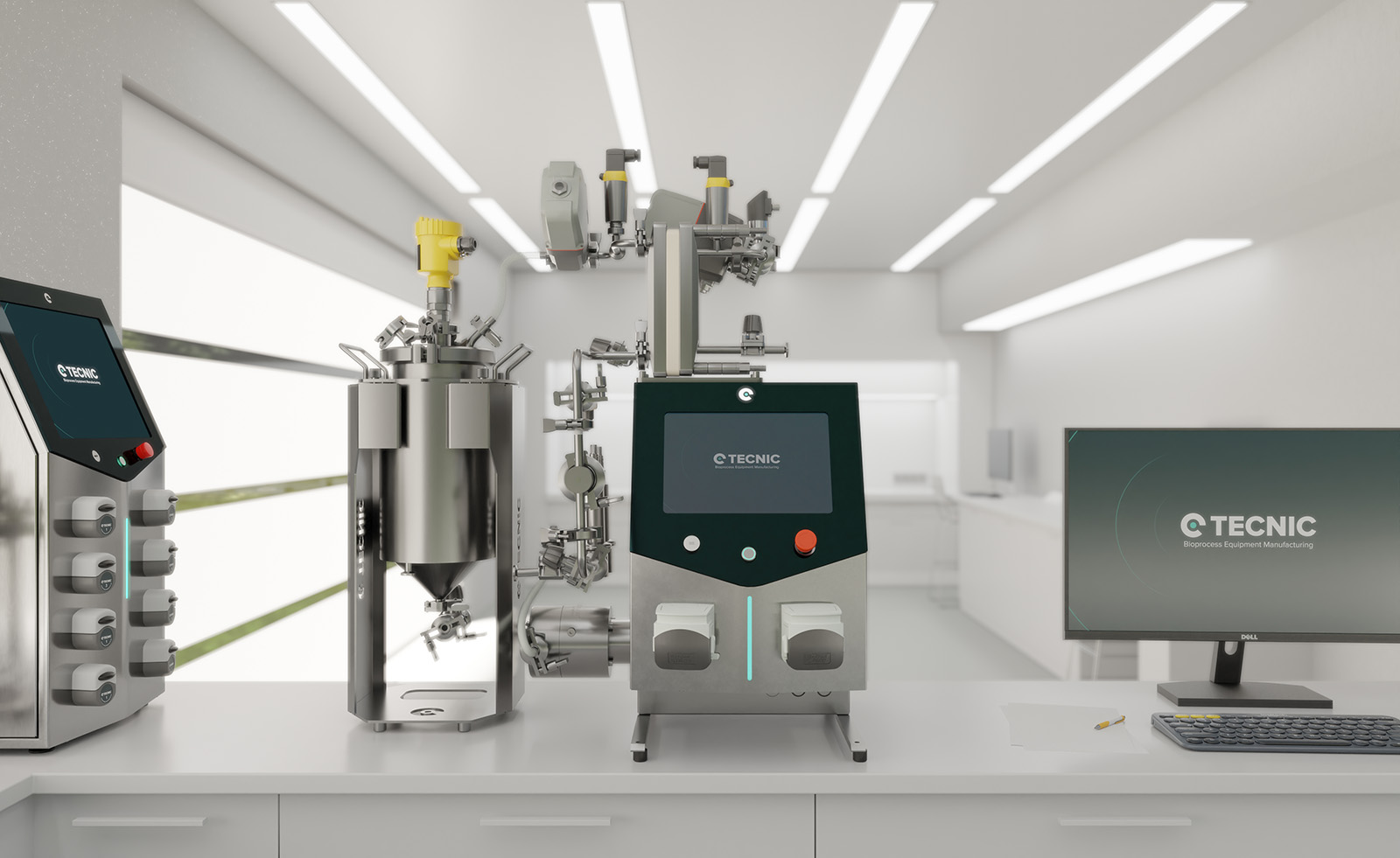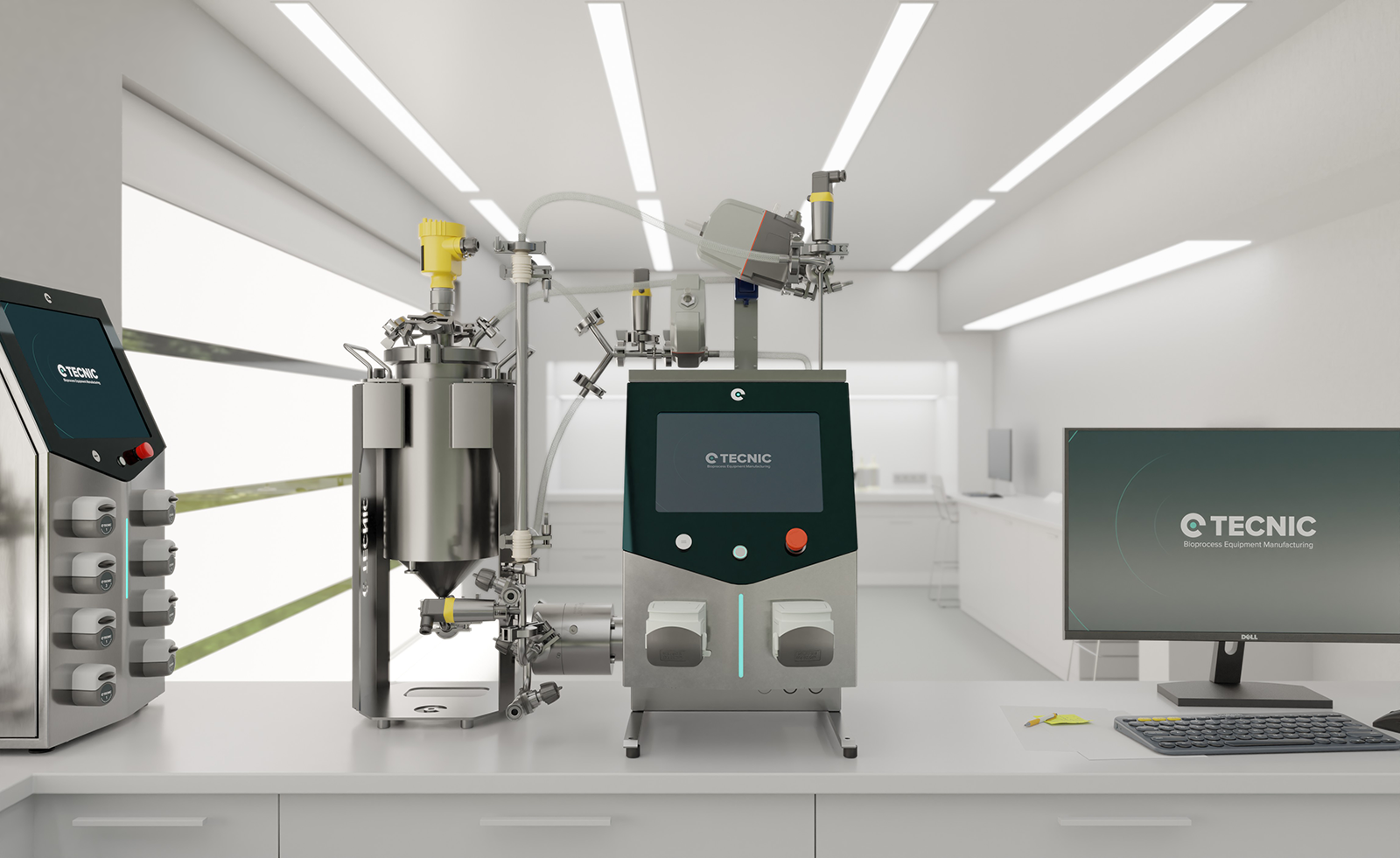In the field of biotechnology, the choice of the right bioreactor is crucial to optimise the production of recombinant proteins, monoclonal antibodies, and other biotechnological products. Two of the most common modes of operation in bioprocessing are perfusion bioreactor and fed-batch. Both have specific advantages and limitations that make them more suitable for different applications. In this blog, we will explore the key differences between these two cell culture methods.
Perfusion: A continuous process
The perfusion process involves the continuous addition of fresh nutrients and the simultaneous removal of metabolic products and dead cells from the bioreactor. This is done while maintaining a constant culture volume. In other words, the culture medium is regularly replaced to maintain optimal conditions for cell growth and productivity.
One of the main advantages of perfusion is its ability to maintain high cell densities and a stable environment over long periods of time. This results in increased productivity, especially for products that require consistently high quality. By operating continuously, cells are maintained in an optimal physiological state, which can improve product quality and reduce variations in yield.
In addition, perfusion is ideal for processes where it is crucial to maintain low concentrations of toxic products or metabolic by-products. This method also allows prolonging the productive phase of cells, which can be advantageous in the production of complex biologics.
However, perfusion has some disadvantages, such as the need for more complex equipment and higher operating costs due to the continuous input and output of culture media. In addition, process control can be more complicated, and it is necessary to ensure that the filtration systems used to remove cells and debris do not adversely affect cell viability or the quality of the final product.
Fed Batch: A semi-continuous process
On the other hand, the fed-batch process is a semi-continuous mode of operation where nutrients are added to the bioreactor in increments, without removing the culture medium. Instead of maintaining a constant volume, the volume of the culture can increase during the process. The aim is to prolong the exponential growth phase of the cells and, subsequently, the production phase of the desired product.
Fed-batch is widely used due to its simplicity and efficiency. It allows good control over nutrient concentration and cell growth rate, which is crucial for optimising biomass and product production. By avoiding excessive accumulation of toxic products and controlling the nutrient feeding rate, overall productivity can be significantly improved.
This method is particularly useful in the production of products that do not tolerate high cell density conditions well or are more susceptible to toxic product accumulation. Moreover, compared to perfusion, fed-batch generally requires less investment in equipment and is easier to implement on industrial scales.
However, fed-batch also presents challenges. For example, the accumulation of waste products can lead to cell growth inhibition or product degradation if not handled properly. In addition, variations in nutrient addition can lead to fluctuations in product quality, which can be a problem in applications requiring high consistency.
Conclusions
The choice between a perfusion and fed-batch bioreactor depends largely on the type of biological product to be produced, as well as the specific process requirements. While perfusion offers advantages in terms of productivity and process stability, its complexity and cost can be limiting. On the other hand, fed-batch is simpler and cheaper, but can be less efficient in terms of quality control and productivity compared to perfusion.
Ultimately, bioprocess engineers and scientists must carefully evaluate their specific production needs to select the most appropriate mode of operation.
Frequently Asked Questions (FAQ)
A fed batch bioreactor is a culture system where nutrients are added in a controlled manner at regular intervals without removing the culture medium. This allows prolonging the cell growth phase and optimizing the production of the desired product.
The fed batch bioreactor is simple to implement, allows precise control over nutrient concentration and is ideal for industrial processes that require flexibility and lower investment in equipment.
The main advantages include the ability to maintain high cell densities, reduce the accumulation of toxic products and improve the quality of the final product by maintaining a stable environment during production.
Generally, a perfusion bioreactor is more expensive to operate due to the need for additional equipment and more complex process control.
Perfusion bioreactors are ideal for high quality and stable products, while fed batch bioreactors are preferred for their simplicity and lower initial cost.
Information sources
ScienceDirect. (s.f.). Fed-Batch Operation. https://www.sciencedirect.com/topics/engineering/fed-batch-operation
ScienceDirect. (s.f.). Continuous Bioprocessing. https://www.sciencedirect.com/science/article/abs/pii/S1369703X19302311









